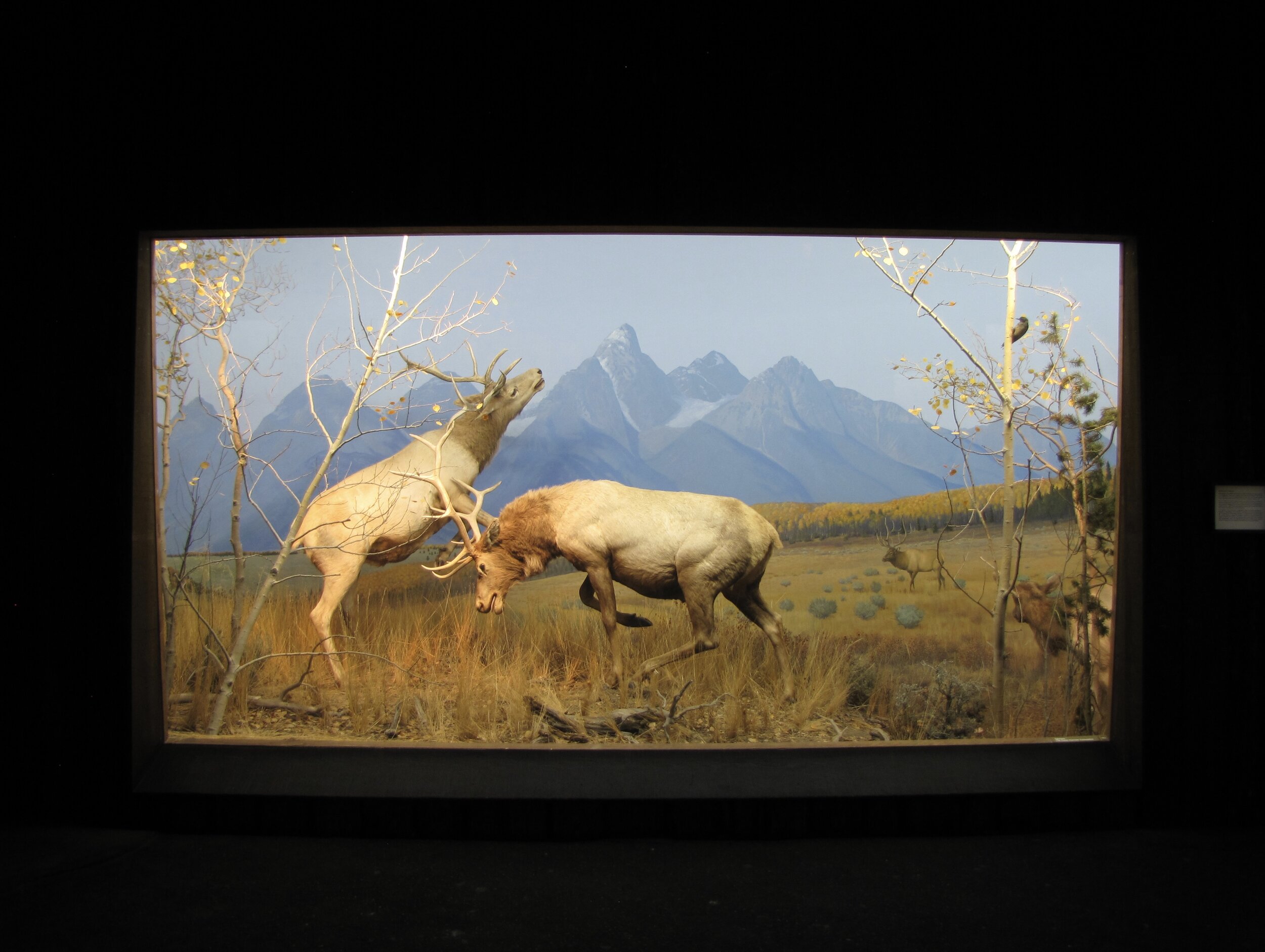
Display at the Milwaukee Public Museum. Photo by Renée DeVoe Mertz.
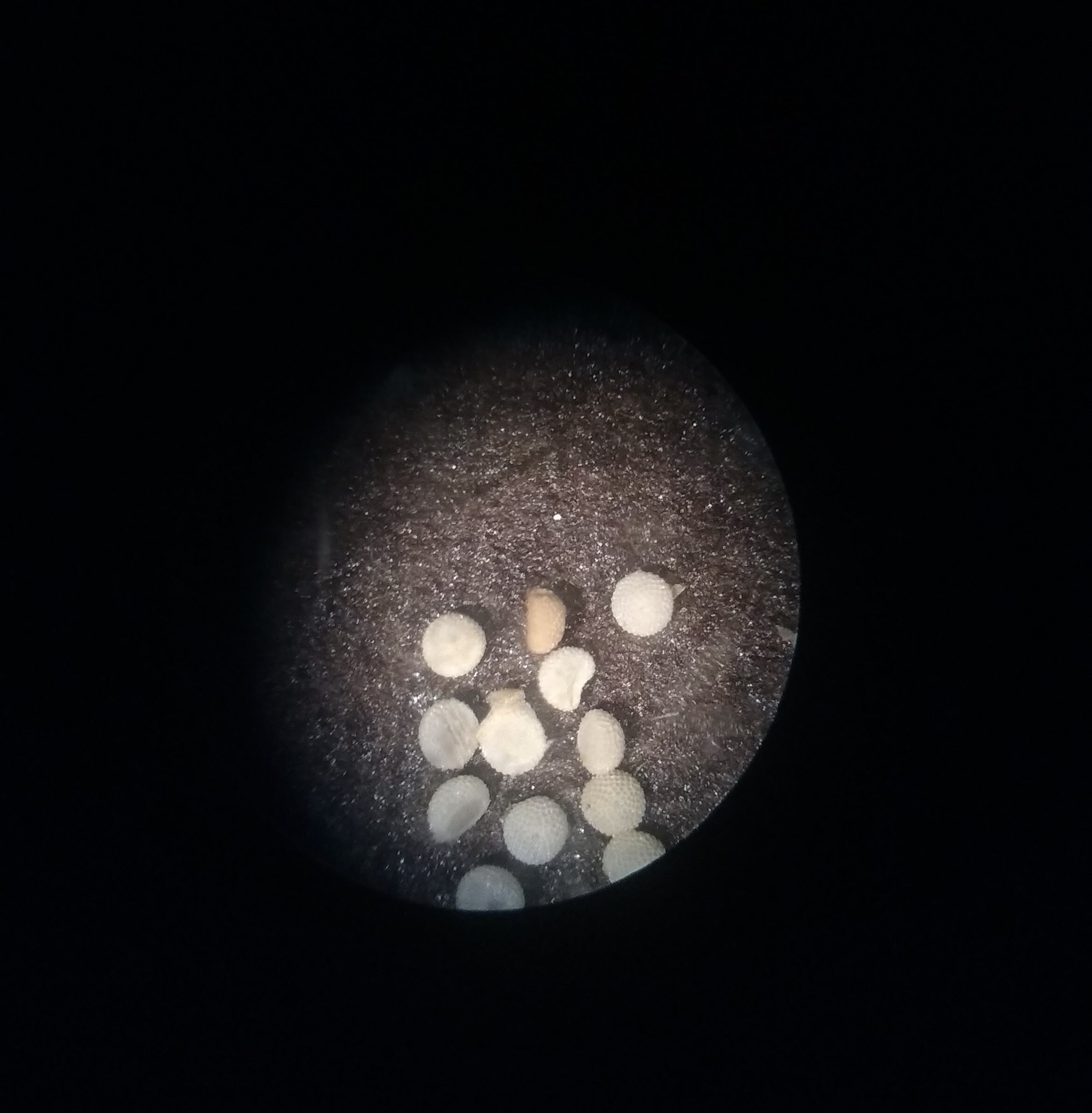
View through a microscope at the Milwaukee Public Museum. Photo by Renée DeVoe Mertz.

Display at the Milwaukee Public Museum. Photo by Renée DeVoe Mertz.
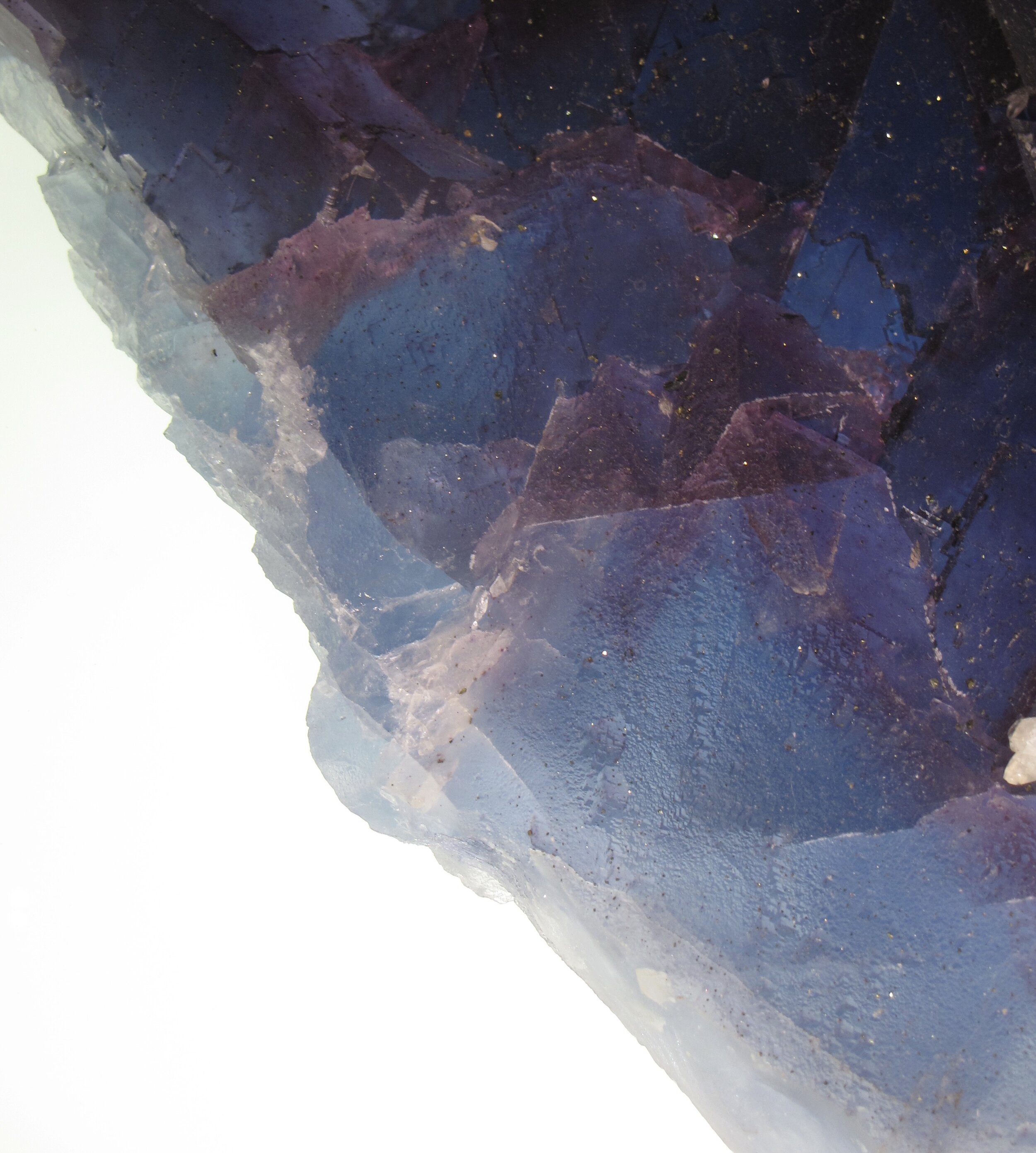
Mineral lightbox display at the Milwaukee Public Museum. Photo by Renée DeVoe Mertz.
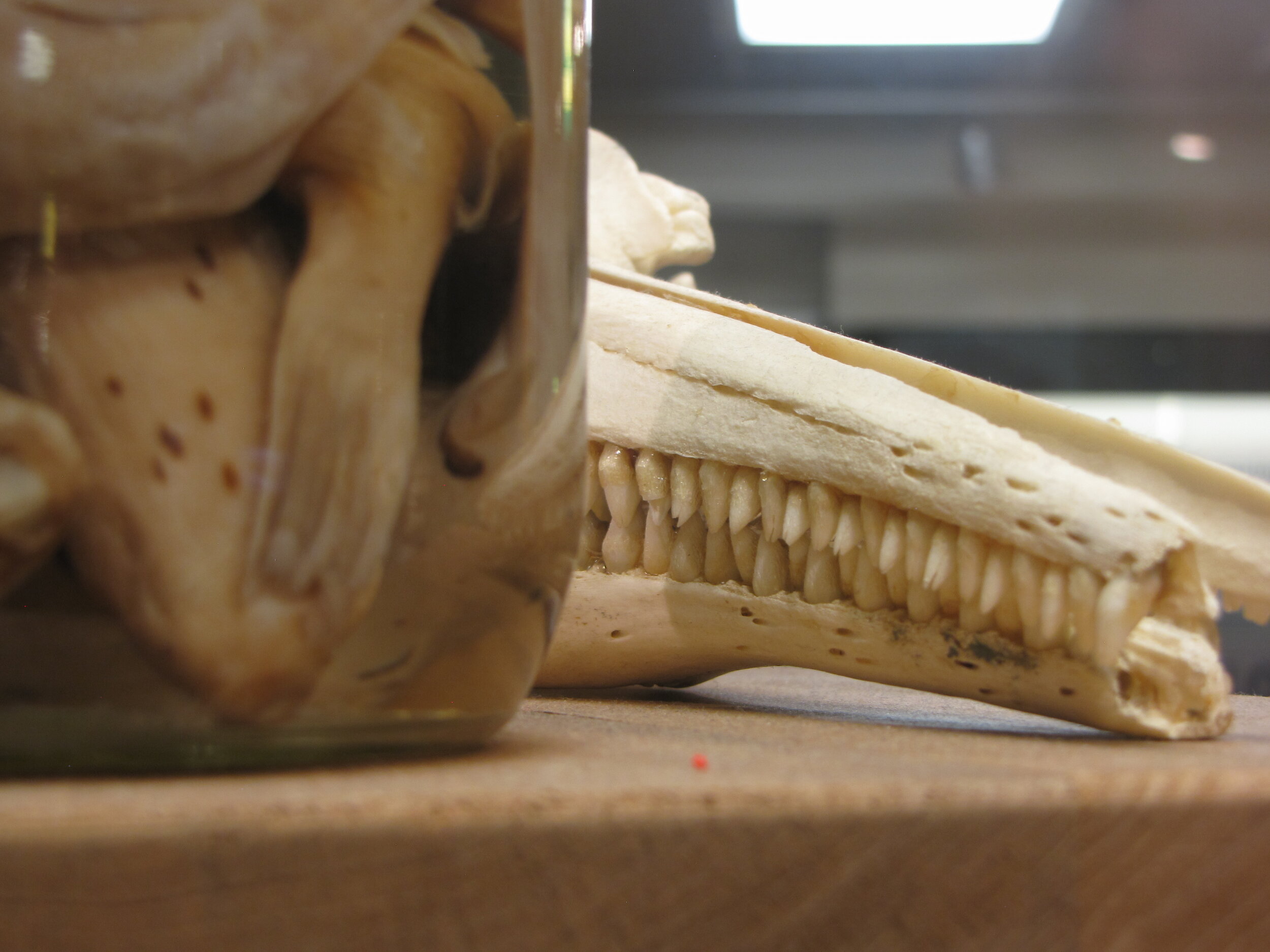
Display at the Milwaukee Public Museum. Photo by Renée DeVoe Mertz.
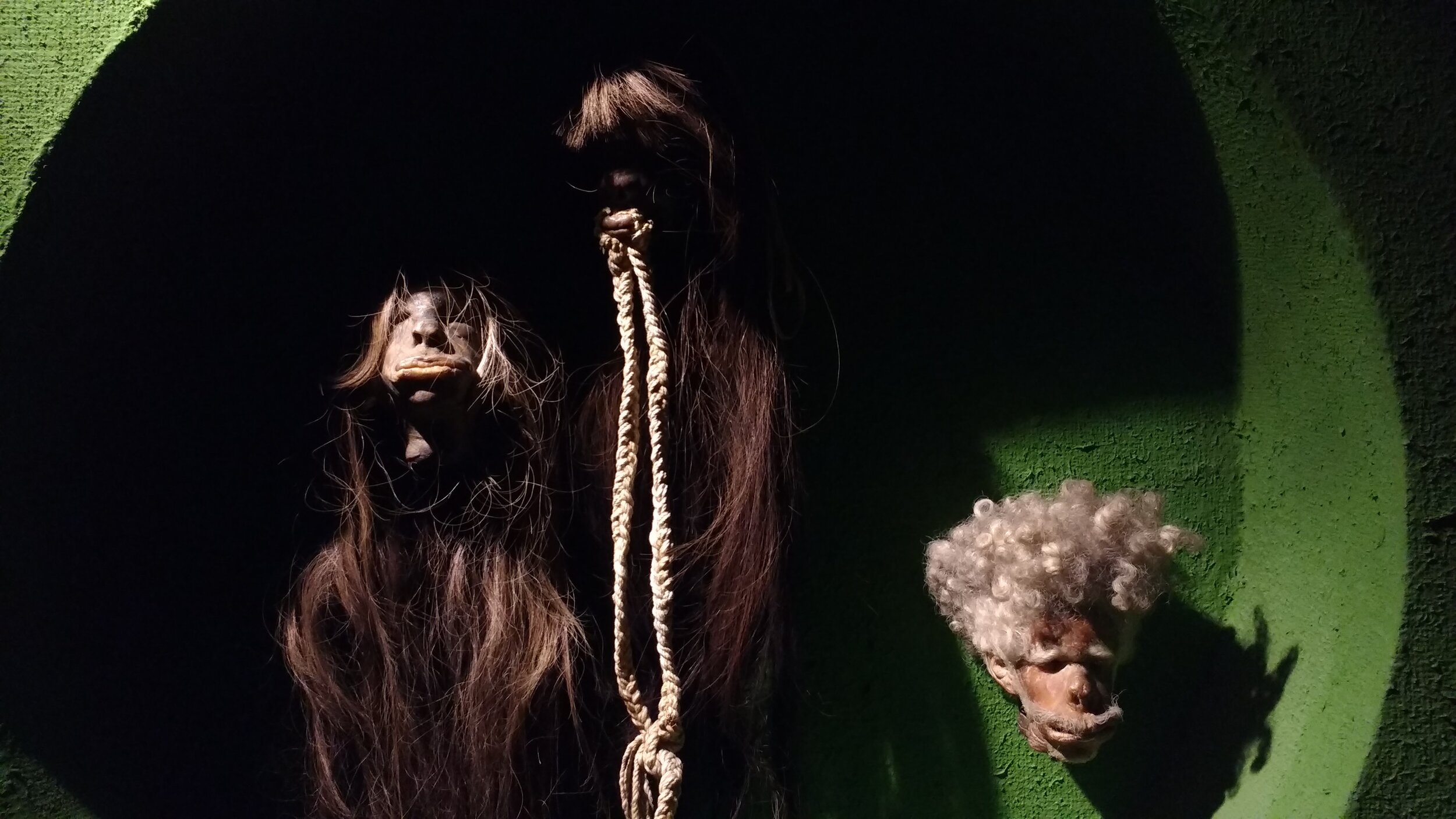
Shrunken head display at the Milwaukee Public Museum. Photo by Renée DeVoe Mertz.

Display at the Milwaukee Public Museum. Photo by Renée DeVoe Mertz.

Display at the Milwaukee Public Museum. Photo by Renée DeVoe Mertz.
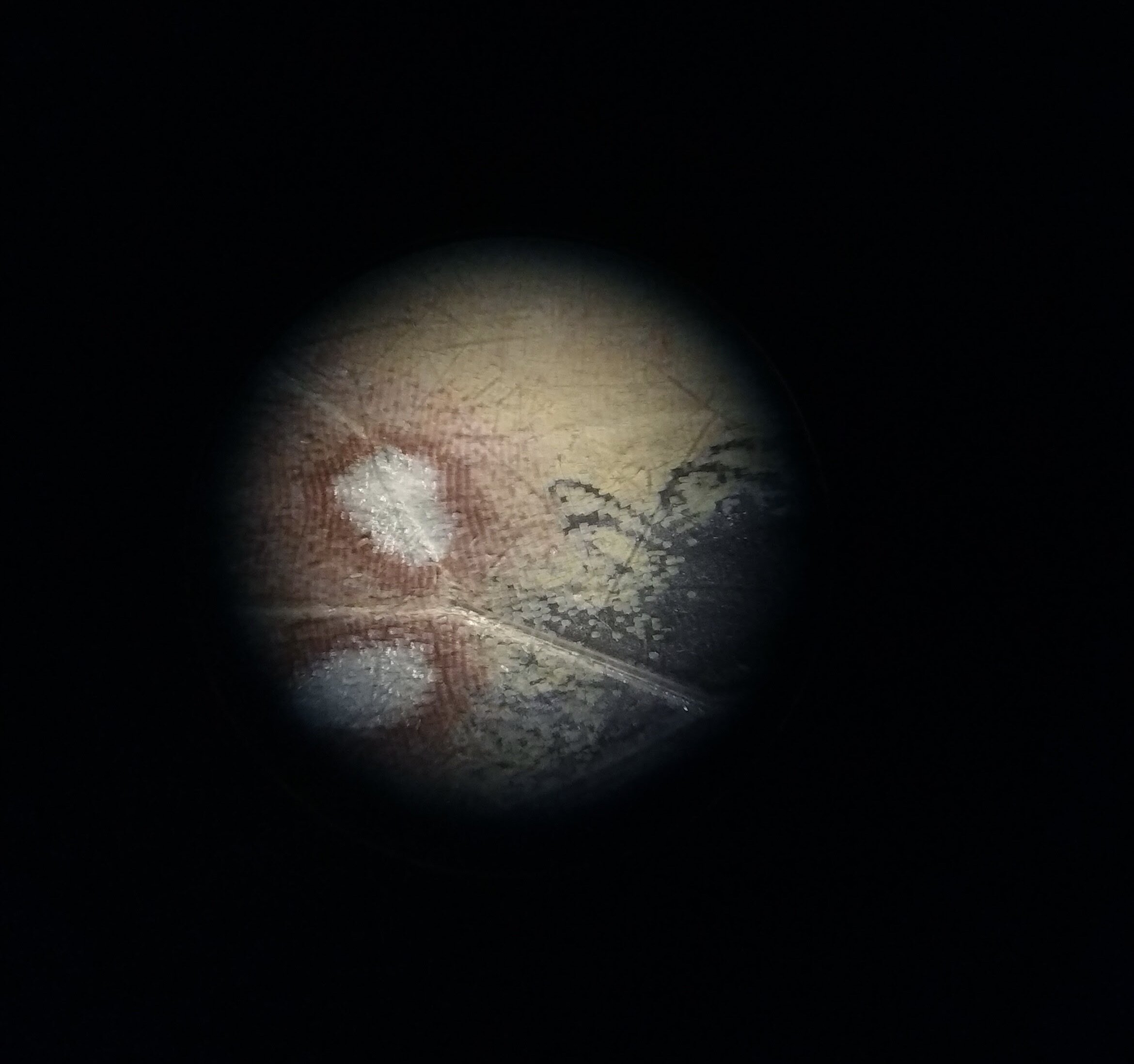
View through a microscope at the Milwaukee Public Museum. Photo by Renée DeVoe Mertz.

Mineral lightbox display at the Milwaukee Public Museum. Photo by Renée DeVoe Mertz.

Shrunken head at the Milwaukee Public Museum. Photo by Renée DeVoe Mertz.

Display at the Milwaukee Public Museum. Photo by Renée DeVoe Mertz.











